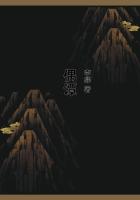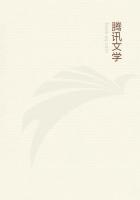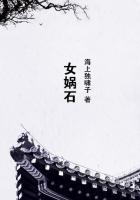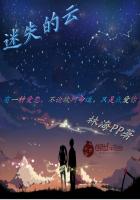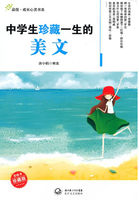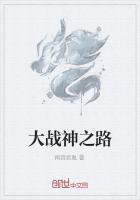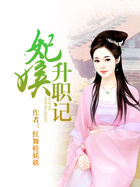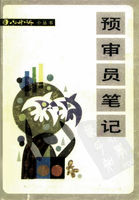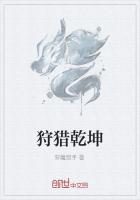The plan sounded simple enough but it took more than twenty years to solve the riddle. In the year 1802 a French professor by the name of Champollion began to compare the Greek and the Egyptian texts of the famous Rosetta stone. In the year 1823 he announced that he had discovered the meaning of fourteen little figures. A short time later he died from overwork, but the main principles of Egyptian writing had become known. Today the story of the valley of the Nile is better known to us than the story of the Mississippi River.
We possess a written record which covers four thousand years of chronicled history.
As the ancient Egyptian hieroglyphics (the word means "sacred writing") have played such a very great role in history, (a few of them in modified form have even found their way into our own alphabet,) you ought to know something about the ingenious system which was used fifty centuries ago to preserve the spoken word for the benefit of the coming generations.
Of course, you know what a sign language is. Every Indian story of our western plains has a chapter devoted to strange messages writter{sic} in the form of little pictures which tell how many buffaloes were killed and how many hunters there were in a certain party. As a rule it is not difficult to understand the meaning of such messages.
Ancient Egyptian, however, was not a sign language. The clever people of the Nile had passed beyond that stage long before. Their pictures meant a great deal more than the object which they represented, as I shall try to explain to you now.
Suppose that you were Champollion, and that you were examining a stack of papyrus sheets, all covered with hieroglyphics.
Suddenly you came across a picture of a man with a saw. "Very well," you would say, "that means of course that a farmer went out to cut down a tree." Then you take another papyrus. It tells the story of a queen who had died at the age of eighty-two. In the midst of a sentence appears the picture of the man with the saw. Queens of eighty-two do not handle saws. The picture therefore must mean something else. But what?
That is the riddle which the Frenchman finally solved.
He discovered that the Egyptians were the first to use what we now call "phonetic writing"--a system of characters which reproduce the "sound" (or phone) of the spoken word and which make it possible for us to translate all our spoken words into a written form, with the help of only a few dots and dashes and pothooks.
Let us return for a moment to the little fellow with the saw.
The word "saw" either means a certain tool which you will find in a carpenter's shop, or it means the past tense of the verb "to see."
This is what had happened to the word during the course of centuries. First of all it had meant only the particular tool which it represented. Then that meaning had been lost and it had become the past participle of a verb. After several hundred years, the Egyptians lost sight of both these meanings and the picture {illust.} came to stand for a single letter, the letter S. A short sentence will show you what I mean. Here is a modern English sentence as it would have been written in hieroglyphics. {illust.}
The {illust.} either means one of these two round objects in your head, which allow you to see or it means "I," the person who is talking.
A {illust.} is either an insect which gathers honey, or it represents the verb "to be" which means to exist. Again, it may be the first part of a verb like "be-come" or "be-have."
In this particular instance it is followed by {illust.} which means a "leaf" or "leave" or "lieve" (the sound of all three words is the same).
The "eye" you know all about.
Finally you get the picture of a {illust.}. It is a giraffe It is part of the old sign-language out of which the hieroglyphics developed.
You can now read that sentence without much difficulty.
"I believe I saw a giraffe."
Having invented this system the Egyptians developed it during thousands of years until they could write anything they wanted, and they used these "canned words" to send messages to friends, to keep business accounts and to keep a record of the history of their country, that future generations might benefit by the mistakes of the past.

